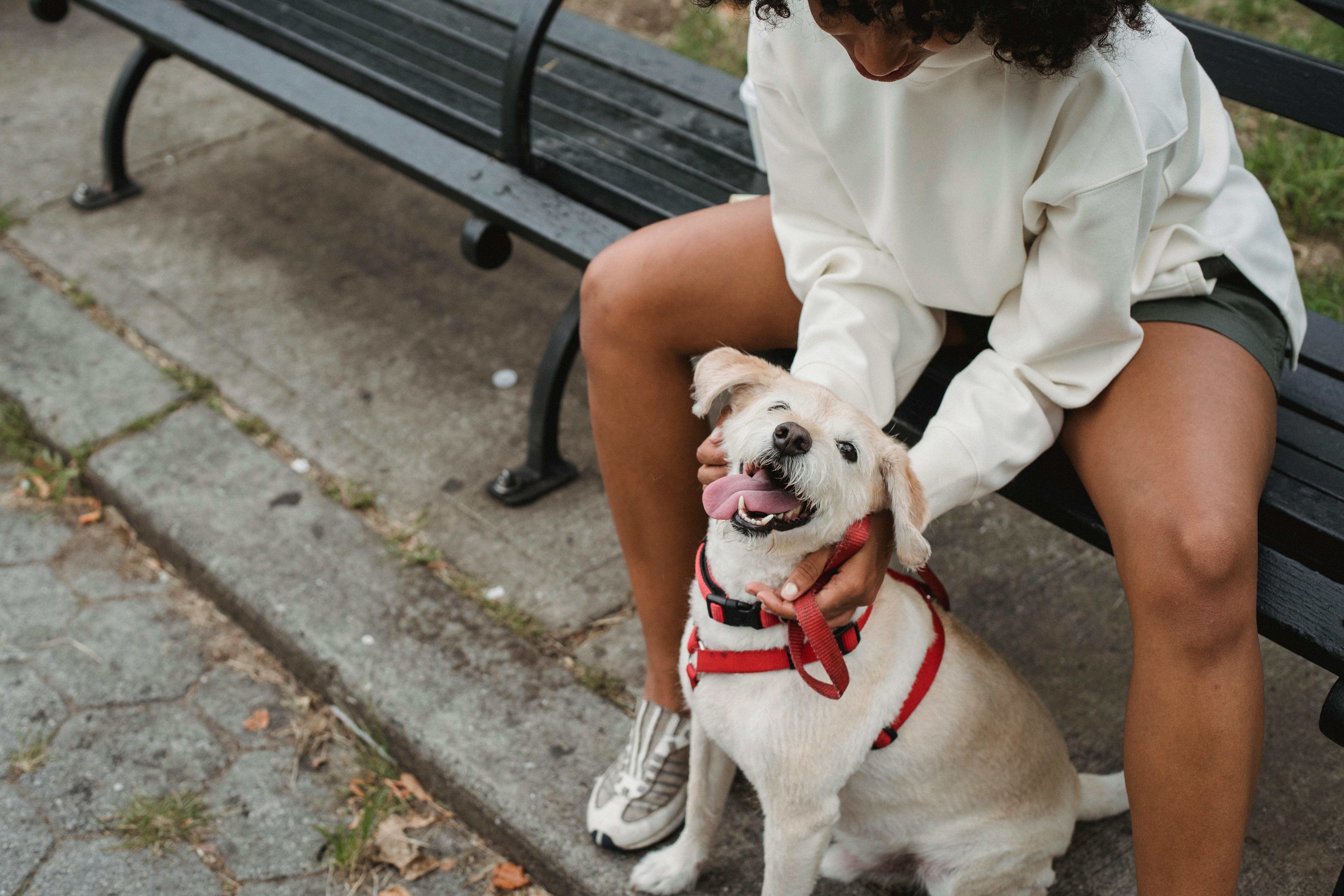The general overall appearance of the Labrador should be that of a close-coupled, stocky-built active dog. His friendly and gentle nature can be seen in the dog’s relaxed manner and constant tail wagging.
The average lifespan of this breed is around 13 years. Height ranges from 22.5 inches to 25 inches for dogs and 22 to 23 inches for females. The weight ranges between 25 kilograms and 36 kilograms depending on whether they are a work line or a pet line, well exercised and well fed.
Head: The skull is wide with a pronounced stop and a fairly wide muzzle. The head sits well on a clean, muscular neck.
Eyes: The eyes are well set and medium in size with dark brown or hazel rims. Black eyes are rarely seen in Labradors. Some breeders are of the opinion that black eyes and a stubborn nature go hand in hand. The expression should express the intelligence and even the temperament of the dog. The eyes should not bulge, as bulging eyes put the dog at risk of injury when he works in thick undergrowth.
Ears: The ears should not be too large or heavy, but should be set back on the head. Ears that hang forward will prevent the dog from catching game effectively. The flexible ears protect against dirt and from entering the ear canal.
Nose: Wide nose with well developed nostrils. Generally black, although with yellow Labs, the color can change with age and take on a pinkish hue. This is called a ‘snow’ or ‘winter’ nose. The muzzle must be of a good length so that the dog can carry prey, even heavy hares and rabbits.
Mouth: The Labrador has a scissors bite (the lower teeth fit just inside the upper teeth) and the mouth should be at a right angle to the jaw.
Neck: Appears strong and powerful set in well-placed shoulders.
Body: The Labrador has a short, flattened body (ie the backbone is not too long), a deep, broad chest with well sprung ribs. The body of Labrador retrievers should be as long from the withers to the tail as it is from the ground to the withers. A level topline goes into strong loins with well turned knees. The hindquarters are well developed and do not lean towards the tail. The hocks are slightly bent. The leg angulations are designed so that when jumping, the upper joints can tilt downward, which protects the bones from impact stress.
Feet: The feet are round and compact with well arched and webbed toes to aid swimming. Deep snow and ice do not get caught on the Labradors feet, allowing the dog to work in the harshest weather conditions.
Tail: This should be carried high, thick at the base and tapering towards the tip. The Labrador’s tail is described as an “otter” tail as it helps dogs have amazing swimming abilities.
Coat: Early Labradors were almost entirely black, sometimes with white patches on the chest, legs, and feet. Today’s Labrador comes in three colors, black, yellow (can range from pale cream to deep foxy red), and chocolate or liver. All three colors can occur in a single litter as each Labrador carries multiple genes. The rough coat is short, dense, and flat with a soft, weather-resistant undercoat. The Labrador’s coat needs little grooming, except during shedding. Bathing is also not necessary as the coat contains oils that repel dirt.
Temperament: Despite being an energetic and hard working dog, the Labrador Retriever is the most friendly and gentle of dogs with no aggressive tendencies. This is not a guard dog and would probably greet a prowler with a wide grin and a wagging tail. The most that can be said for their vigilance skills is that they can bark a warning. The Labrador Retriever is playful, lovable and patient with children. They show a desire to please their family and love to be petted and pampered.
Exercise: Labradors are active, high-energy dogs that require daily mental and physical exercise. Labradors are wired to take back the game on land and water, and while they’re now a firm favorite as a family poet, they still need an outlet for their abundant energy. They will play fetch endlessly or climb mountains with you. They will accompany walkers, runners, cyclists, and enthusiastically swim in any body of water. Labradors also do well in dog sports like agility or flyball. A well-exercised Labrador will be content to sleep all day while the family is away. Lack of exercise creates boredom that leads them to be destructive and stubborn. Many Labradors end up in rescue shelters because their owners have not understood the animal’s physical needs. Training should take up a large part of the exercise session and end with a lot of game time.
Character: These dogs are friendly, gentle, versatile, agile, hard-working, energetic, playful, loyal and willing to learn. The Labrador Retriever can learn hundreds of words or commands, so it’s easy to see why he has been voted the most popular dog in the entire world. They take time to mature and retain puppy behavior for up to three years. Labrador puppies are notorious for biting and will constantly nibble on fingers or clothing. They need firm training to get through this. So laid back is this breed that a potential owner can be misled into thinking that the dog/human relationship needs little input from the owner. This is definitely not the case! As Labrador lover and dog trainer Mary Feazell says, 95% of the adult dog depends on its owner and only 5% on the dog itself. Mary Feazell says, “Realistically, Labradors swim well, but they can’t walk on water.”
The physical appearance of the dog or indeed most hunting dog breeds shows purposeful breeding. As with many of the sporting breeds, the Labrador Retriever has been divided into two distinct groups, the field and the show types. The differences between the two types are so significant that in the United States the field type is mistakenly called ‘American’ and the show type ‘English’. Dogs bred for their natural retrieval abilities and an instinctive desire to work are called ‘Country Labradors’. In general, field Labradors have longer legs, narrower heads, and longer snouts. ‘Show’ dogs have been specifically bred to conform to a particular physical standard and character set by the major kennel clubs.
This is a dog that loves just about everything and will happily live alongside children and other pets. His placid temperament and his loyalty to his family remain constant no matter what challenges come his way. As good as they are seen as a family dog and well-rounded pet, it must be remembered that this dog was bred to work and unless you give your Labrador plenty of activity, both mentally and physically, he is likely to experience some difficult behaviors. . sometimes The best way to keep a dog that way is as a working dog, using his work drive to keep him busy and satisfied.




